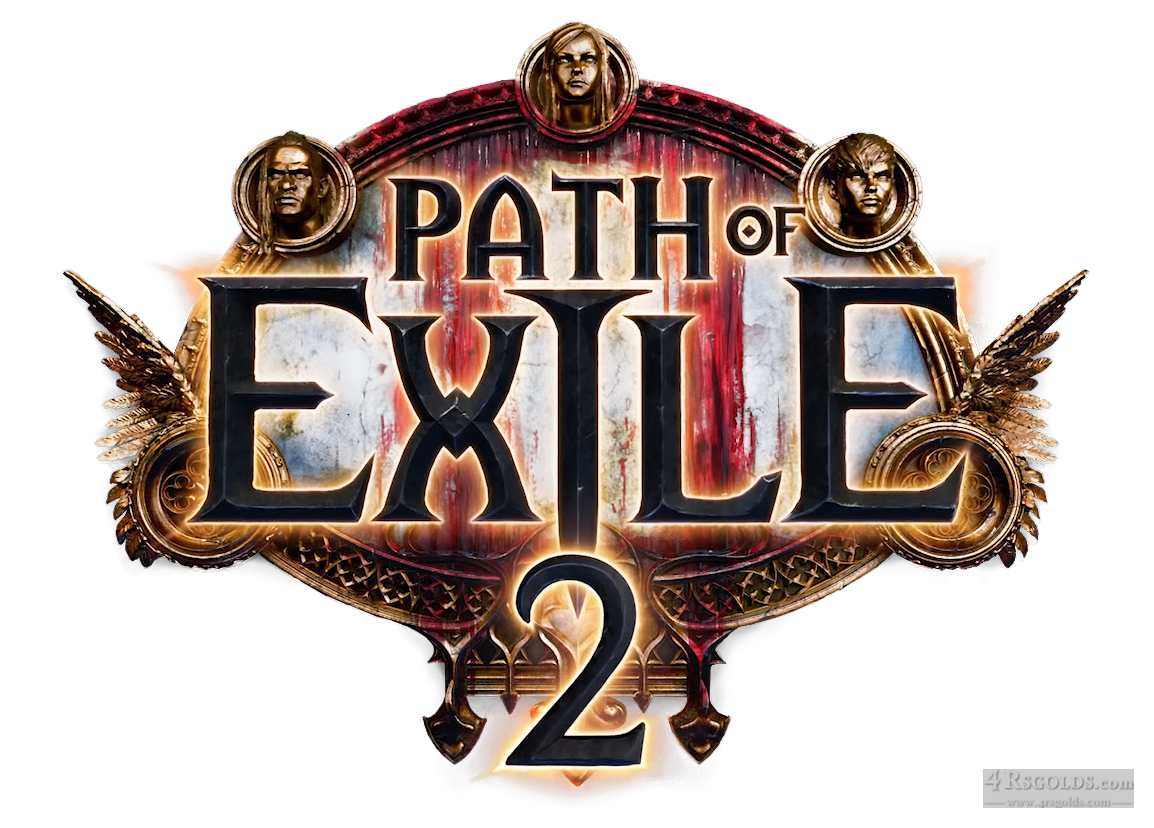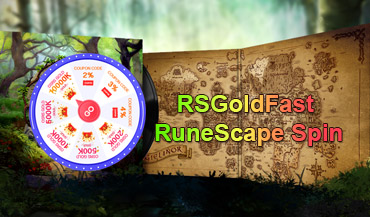Reader, Writer, Web Designer, Husband, Son, Brother, Engineer
Our AuthorsPath of Exile 2: Reinventing a Titan of the ARPG Genre
In the fiercely competitive realm of action RPGs, very few titles have
achieved the reverence and lasting impact of Path of Exile. Since its debut in
2013, Grinding Gear Games' magnum opus has been much more than a dark,
loot-driven dungeon crawler — it’s become a symbol of deep character
customization, ruthless combat POE 2 Currency, and a business model that steadfastly rejected
pay-to-win monetization. While competitors like Diablo and Grim Dawn have carved
out their fanbases, Path of Exile (PoE) distinguished itself with a daunting
learning curve, intricate mechanics, and a commitment to continuous
expansion.

Over the years, Path of Exile amassed not just a large player base but one of the most engaged and vocal communities in the gaming industry. These players are notorious for holding developers to high standards — and for rewarding them when those standards are met. So when Grinding Gear Games (GGG) announced Path of Exile 2, expectations soared beyond typical sequel hype. Fans weren’t looking for a mere update or an expansion disguised as a new game — they wanted a true reinvention of the formula that had defined an era of ARPGs.
The Legacy of Path of Exile: A Tough Act to Follow
To understand why Path of Exile 2 carries such immense expectations, one must first grasp what made its predecessor a genre-defining success.
At its core, PoE offered a staggering amount of choice. The passive skill tree — a massive, sprawling web of interconnected nodes — allowed players to build characters that felt uniquely theirs. Whether crafting a spell-slinging witch, a brutal marauder, or a hybrid class that blurred traditional archetypes, PoE empowered experimentation like few other games.
On top of that, its deep socketable gem system transformed skill acquisition into a game of its own. Active skills, support gems, and complex interactions made build crafting both a science and an art. Trading, crafting, and navigating a dynamic economy added even more layers of depth.
Perhaps most notably, PoE maintained a strict stance against pay-to-win mechanics. Microtransactions were limited to cosmetics, stash tabs, and quality-of-life features — a refreshing contrast to the predatory monetization seen in some of its contemporaries. This helped foster a community that valued skill, knowledge, and perseverance over deep pockets.
The Road to Path of Exile 2: Raising the Bar
When Path of Exile 2 was first teased, the announcement shook the ARPG world. But GGG’s approach wasn’t what most expected. Rather than creating a standalone sequel that split the community, PoE 2 was pitched as a massive overhaul and expansion of the original game — a second campaign with updated mechanics, reworked systems, and new content that would coexist with the original.
This ambitious plan meant two things:
A New Campaign, Same World: Instead of abandoning the original’s storyline, PoE 2 introduces a fresh seven-act campaign set years after the events of the first game. While new players can start with the PoE 2 campaign, veterans can choose either path — both converging in a shared endgame.
Complete Overhaul of Core Systems: The developers didn’t want to merely slap a new coat of paint on an old engine. PoE 2 promised massive overhauls to the skill gem system, passive tree design, animation system, and gear progression.
Innovations and Game-Changing Features
GGG's vision for Path of Exile 2 isn't just about content — it's about refining and redefining systems that have been core to the franchise for over a decade.
1. Skill Gem Revamp
Perhaps the most revolutionary change comes in the form of the skill gem system. In PoE 2, active skills and their support modifiers are now integrated into a single socketable gem. This eliminates the convoluted process of managing six linked sockets for every active skill.
The goal? Streamlining without sacrificing depth. Players still get to customize how their skills behave, but with less frustration and more intuitive build crafting. It’s a change that modernizes the system while respecting the complexity that fans love.
2. New Ascendancy Classes
Path of Exile 2 introduces 19 new ascendancy classes — essentially specialized subclasses that define a character’s identity and endgame potential. These new options promise fresh playstyles, encouraging even veteran players to explore new builds and combinations.
3. Visual and Animation Overhaul
The technical leap is palpable. PoE 2 boasts a new rendering engine, vastly improved animations, and a more grounded visual aesthetic. The clunky, sometimes rigid animations of the original have been replaced with fluid, weighty movements that bring the world of Wraeclast to life.
Combat feels tighter, hits land with more impact, and the world itself looks darker and more menacing — a return to the grim tone that fans have always appreciated.
4. Itemization and Gear Progression
One of the biggest criticisms of late-game PoE was the reliance on certain item bases and meta-defining gear. PoE 2 addresses this by introducing a new itemization philosophy. Early-game gear progression has been rebalanced to make upgrades feel meaningful throughout the campaign, not just in the endgame.
With new item bases, implicit modifiers, and revamped crafting systems, the hunt for gear is set to be more rewarding and less reliant on external trading.
A Shared Endgame: Forging a Unified Community
One of the boldest moves by GGG is the decision to unify the endgame between PoE and PoE 2. This shared endgame — built upon the beloved Atlas of Worlds system — ensures that the player base isn’t fragmented. Whether you started with the original campaign or the sequel’s storyline, you’ll arrive at the same late-game content, leagues, and challenges.
This approach serves two purposes:
Preserving the Community: No split between "old" and "new" players.
Sustainable Content Development: GGG can continue updating a single endgame ecosystem without doubling their workload.
The Challenge of Living Up to the Hype
With all these promises, Path of Exile 2 finds itself in a precarious position. The weight of expectation isn’t just from longtime fans — it's from the broader ARPG community watching closely. With Diablo IV struggling with its post-launch reception and other contenders like Last Epoch making strides, the field is ripe for PoE 2 to reclaim dominance.
However, GGG knows its audience well. This is a community that demands both depth and fairness, innovation without betrayal of core mechanics, and a business model that remains consumer-friendly. Delivering on these fronts will be crucial.
The Bigger Picture: More Than Just a Sequel
Path of Exile 2 isn’t merely a sequel — it’s a statement. It represents GGG’s commitment to the ARPG community and their refusal to rest on past successes. By choosing evolution over revolution, PoE 2 walks a fine line between honoring its roots and embracing change.
The game is poised not just to satisfy existing fans but to introduce a new generation of players to a world where complexity is celebrated, where theorycrafting is a rite of passage, and where free-to-play doesn’t mean compromised integrity.
Closing Thoughts: The Future of Wraeclast
As Path of Exile 2 inches closer to full release, the anticipation continues to mount. The early showcases, developer streams, and community feedback paint a picture of a game that could redefine what players expect from an action RPG in 2025 and beyond.
For Grinding Gear Games, the task is monumental — but so is the opportunity.
If they succeed, Path of Exile 2 could set a new benchmark for the genre,
buy POE 2 Currency,
proving that passion-driven development, deep systems, and respect for the
player community are still the keys to long-term success.
One thing is certain: in the dark, brutal world of Wraeclast, the exile’s journey is far from over.
Our Authors
Recently read
-
Diablo 4 Caster Guide: Sorcerer and Necromancer Explained
Jan-09-2026 PST /Diablo4 -
How to Build a Lockdown Defense in College Football 26
Jan-09-2026 PST /College Football 26 -
The Top Five Meta Loadouts in Call of Duty: Black Ops 7
Jan-07-2026 PST /COD Black Ops 7 -
Path of Exile 2:Blood Mage Comet Storm Spellcaster Guide
Jan-07-2026 PST /POE 2 -
Ashes of Creation Node Development Guide
Jan-06-2026 PST /Ashes of Creation

